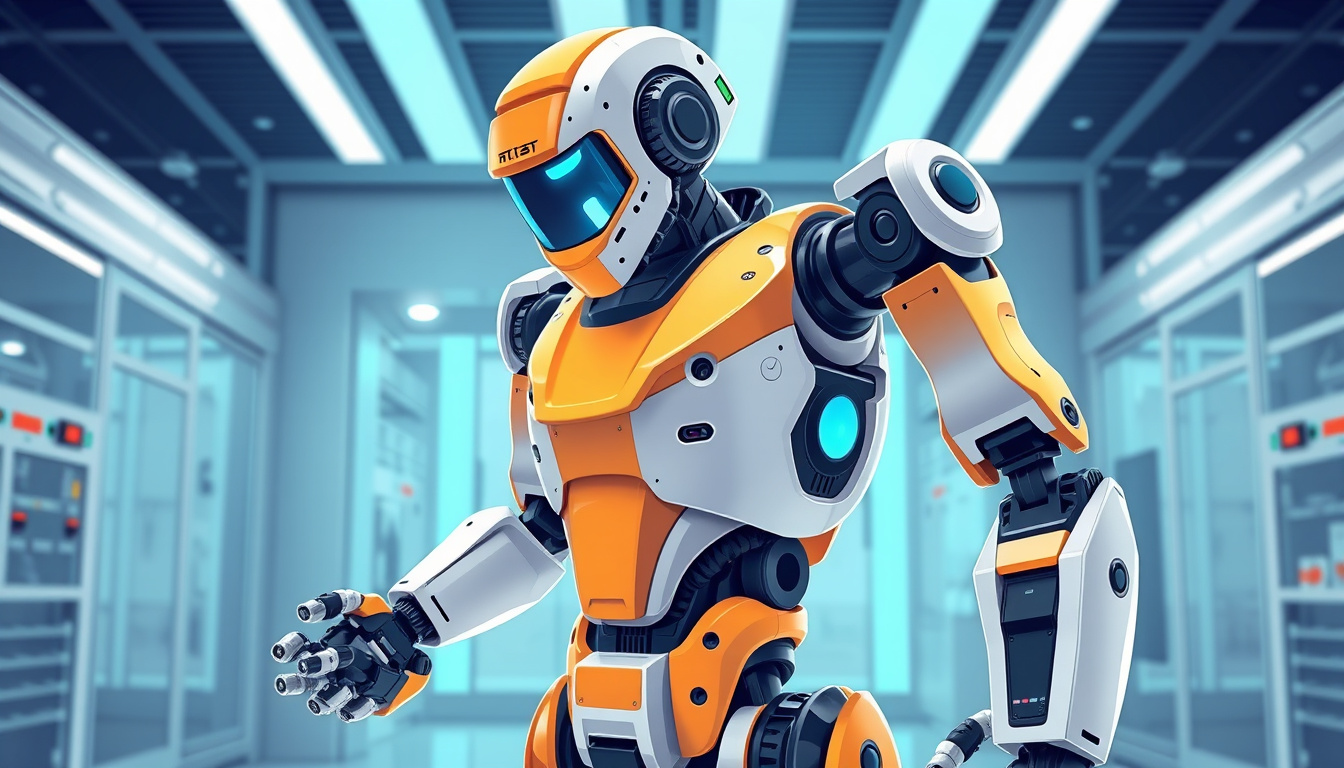The evolution of humanoid robots has captured the interest of researchers, engineers, and the general public, thanks in large part to their potential for flexibility in various tasks. At the forefront of this evolution is Boston Dynamics’ Atlas robot, an advanced humanoid designed not only for impressive athletic feats but also for practical applications in human environments.
The Promise of Humanoid Robots
Humanoid robots like Atlas are designed to operate within environments constructed for human interaction, which positions them uniquely to add value in countless applications. Unlike traditional robots that are typically limited to industrial settings, humanoids hold the promise of adapting to services that require a human-like presence. As the robotics field matures, the focus has shifted towards creating robots that are not just capable of single-task performance but can fluidly transition between various tasks that demand dexterity and precise movement.
Transitioning from Hydraulics to Electronic Actuation
Atlas’s predecessors were developed using hydraulic systems, allowing for significant power but at the cost of complexity and maintainability. The new generation of Atlas has shifted to electronic actuators powered by innovative battery technologies. This transition means Atlas is now faster, stronger, and requires less maintenance, while also reducing operational messiness. The development team recognized that simplifying the mechanics was essential to advancing the role of robots in everyday applications.
Learning Manipulation Skills
A significant challenge for robotic manipulation is that robots lack the innate experience that humans possess. Humans learn to interact with the world over a lifetime, processing and reacting to innumerable scenarios. In contrast, robots must rely on data generation from their interactions within the environment. By employing artificial intelligence (AI) and machine learning, researchers at Boston Dynamics are working to enable robots like Atlas to learn from their experiences. This technology aims to enhance a robot’s ability to generalize from its encounters and efficiently perform novel manipulation tasks.
The Sequencing Challenge
Atlas’s latest applications showcase its capabilities in a task known as sequencing, pivotal in auto manufacturing where various parts must be assembled in a precise order. Robot Atlas is directed using a simplified description of the desired end state and the locations of the necessary parts. It utilizes its advanced sensing capabilities—primarily through cameras mounted on its head—to perceive its environment, identify parts, and navigate to execute each task sequentially.
For example, when tasked with picking and arranging engine covers in a sequence, Atlas refers to its cognitive map to source the required items and identify their proper placement. This ability not only streamlines the process but also showcases Atlas’s proficiency in spatial awareness and real-time problem-solving.
Advanced Perception and Interaction
Atlas uses real-time imaging and object tracking to manipulate components. By understanding its surroundings, the robot can assess how to efficiently approach an object, adjust its movements, and ensure successful manipulation. If it encounters obstacles or struggles to perform a task, its AI-driven capabilities enable it to recalibrate and attempt the action again, showcasing a significant leap towards human-like adaptability.
Performance and Agility
With over 15 years of research into legged robotics, Atlas stands as a testament to Boston Dynamics’ commitment to exploring the physical limits of humanoids. Its design allows for high-performance agility, evident in movements that mimic human actions. This agility enables Atlas to perform tasks that exceed the functionalities of earlier robots, making it an industry leader in humanoid innovation.
Conclusion
The ongoing development of Atlas reflects a broader evolution in robotics toward creating machines that can work harmoniously within human-centric environments. By improving manipulation capabilities, enhancing sensory feedback, and focusing on agile motion, Atlas illustrates the future trajectory of humanoid robots. As robotics technology advances, the line between human and machine is increasingly blurred, paving the way for a future where robots may become indispensable allies in our everyday tasks. Atlas’s gripping routine is not just a display of advanced mechanics; it is a glimpse into a future brimming with possibilities.
Ready to get in the game and start making money on Pump.fun? DogWif Tools is the #1 memecoin sniper tool for becoming a Pump.fun millionaire. Get DogWif Tools today and become a memecoin dev!








